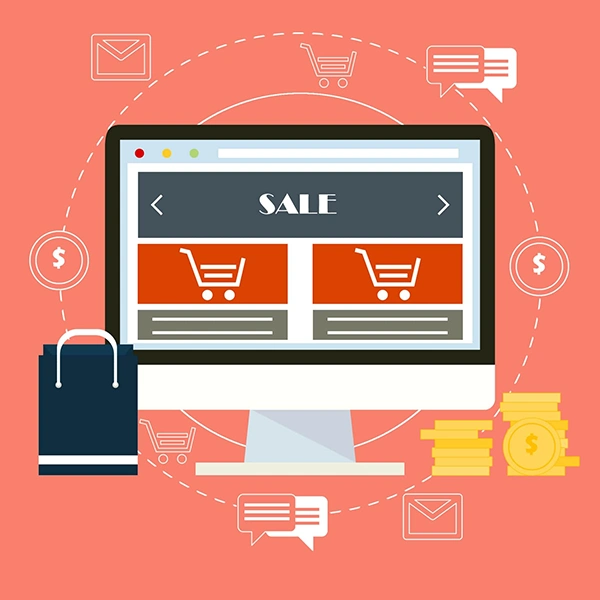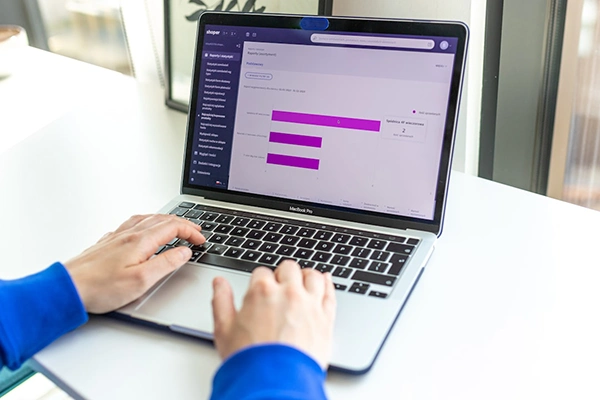BigCommerce is a powerful platform for eCommerce businesses, offering flexibility and scalability for store owners. However, getting the most out of your BigCommerce store requires more than just setting it up. To truly maximize its potential, you need to focus on optimizing your store’s performance, user experience, and digital marketing strategies. Read on to explore essential tips to help your BigCommerce store thrive in today’s competitive market.

Among the key factors that can make or break an online store is its loading speed. Slow websites can lead to higher bounce rates and frustrated customers, which can significantly impact sales. Partnering with experts in BigCommerce maintenance and support services ensures your site remains fast and functional at all times. A well-optimized store can improve user experience, so customers can browse products and complete purchases.
To boost performance, start by minimizing large image files and using compressed formats like WebP or JPEG. Caching can further up loading times, so enabling server-side caching is a must. Regularly updating your plugins and themes can also prevent issues that slow down your store. When you keep an eye on these factors, you’ll create a seamless shopping experience for your users.
An intuitive navigation system is critical for helping visitors find what they are looking for quickly. Cluttered menus, confusing categories, and poor search functions can all drive customers away before they even get a chance to explore your offerings. The best solution is to make sure that your BigCommerce store has clear product categories, simple menus, and a highly functional search feature.
Consider implementing filters for product attributes such as price, size, color, or ratings for a better user experience. Even placing commonly searched items at the top of your menu can improve user flow. Simplifying the user journey, from the homepage to the checkout process, will encourage users to spend more time on your site and increase the likelihood of completing purchases.
Also known as SEO, search engine optimization is designed to drive organic traffic to your BigCommerce store. Without proper SEO efforts, your site may not rank well in search engine results, limiting its visibility to potential customers. To improve your store’s SEO, start with keyword research to identify what terms your audience is searching for.
Next, ensure that your product descriptions, titles, and meta tags are optimized for these keywords. Descriptive and engaging content not only helps with SEO but also informs and persuades potential buyers. Another important aspect is building high-quality backlinks to your store as these help boost your site’s authority and boosts your business’s visibility. Be mindful of technical SEO as well—clean URLs, proper image alt tags, and a mobile-responsive design all contribute to better rankings.
With mobile shopping accounting for a growing portion of eCommerce sales, your BigCommerce store should be optimized for mobile users. A mobile-responsive design ensures that your site looks and functions well on any device, be it a smartphone or tablet. A poorly designed mobile site can lead to missed sales opportunities as potential customers may abandon their carts if the experience is frustrating.
Test your store’s mobile interface to ensure that navigation, product pages, and checkout processes are easy to use on smaller screens. Simplifying the layout and eliminating unnecessary elements can enhance mobile speed and performance. Consider adopting mobile-friendly payment options, such as digital wallets, to streamline the purchasing process for mobile users.
Personalization is a powerful tool for improving customer satisfaction and driving sales. Hence, it would be a great idea to integrate AI and personalization. When you tailor the shopping experience to each visitor, you can make them feel valued and increase the chances of them making a purchase. BigCommerce provides various tools for creating personalized experiences, from product recommendations to customized promotions and tailored feedback.
Utilize data such as browsing history and purchase behavior to suggest relevant products or offer exclusive discounts. Sending personalized emails with targeted offers can also help re-engage customers who have abandoned their carts or haven’t visited your store in a while. The more you tailor the experience to individual needs, the more likely customers will return and stay loyal to your brand.
Email marketing remains one of the most effective ways to reach your customers and encourage repeat business. It allows you to communicate directly with your audience, promoting new products, offering discounts, and sharing valuable content. Building a strong email list and segmenting your audience based on behavior or preferences can significantly improve your campaign’s success. It can help you use the mailing lists to your advantage and attract visitors.
You can offer incentives for visitors to sign up for your newsletter, including discounts or exclusive access to sales. Once you have a list, craft personalized and engaging emails that provide value to your subscribers. Don’t focus solely on promotional content—share helpful information, blog posts, or user-generated content to build trust and keep your audience engaged.
If you maximize the potential of your BigCommerce store, continuously monitor its performance and make data-driven decisions. Analytics tools can provide valuable insights into customer behavior, traffic sources, and sales trends. This information can prove helpful in identifying what’s working and where improvements can be made.
Google Analytics and BigCommerce’s built-in analytics can help you track key metrics, such as conversion rates, bounce rates, and average order value. By understanding these data points, you can optimize your marketing strategies, product offerings, and user experience. Regularly reviewing your store’s performance allows you to stay ahead of competitors and adapt to changes in customer behavior.
Know that effective monitoring can also help you identify potential issues early on, such as a sudden drop in traffic or sales. Addressing these concerns promptly ensures that your store continues to operate smoothly and efficiently, ultimately leading to sustained growth.

Focusing on these key areas will be sure to improve the performance and visibility of your BigCommerce store and enhance the customer experience. By using this unique digital approach of optimizing speed, refining navigation, leveraging SEO, and personalizing the shopping journey, you can stay ahead in the competitive eCommerce landscape. With the right strategies in place, your BigCommerce store can achieve its full potential and become a powerful driver of revenue and customer satisfaction.
